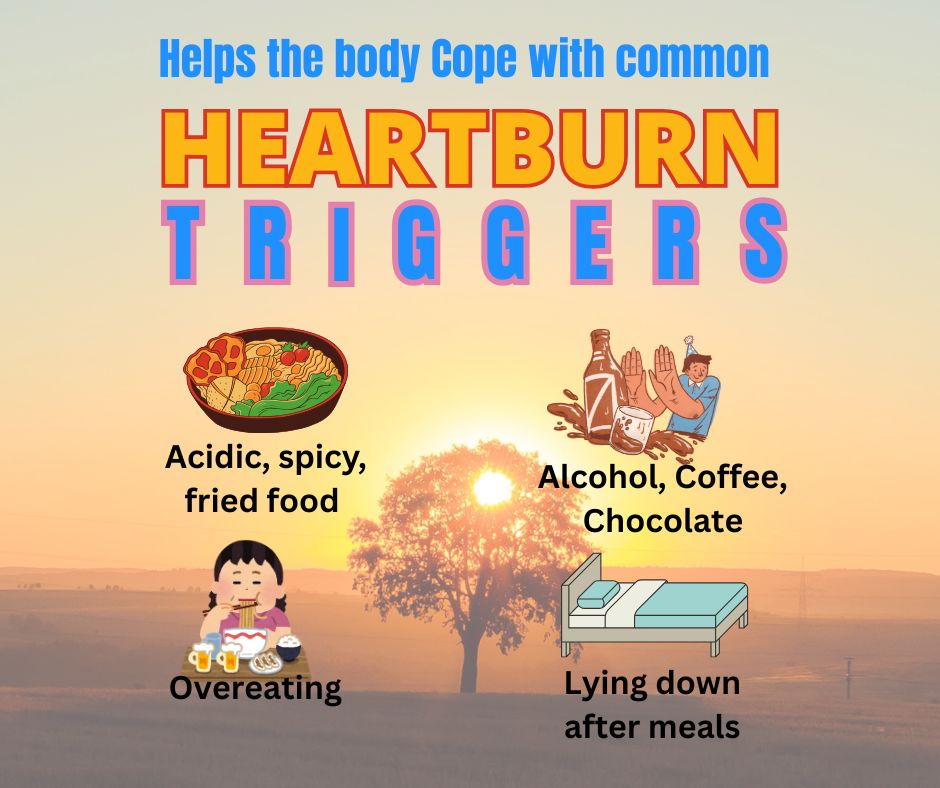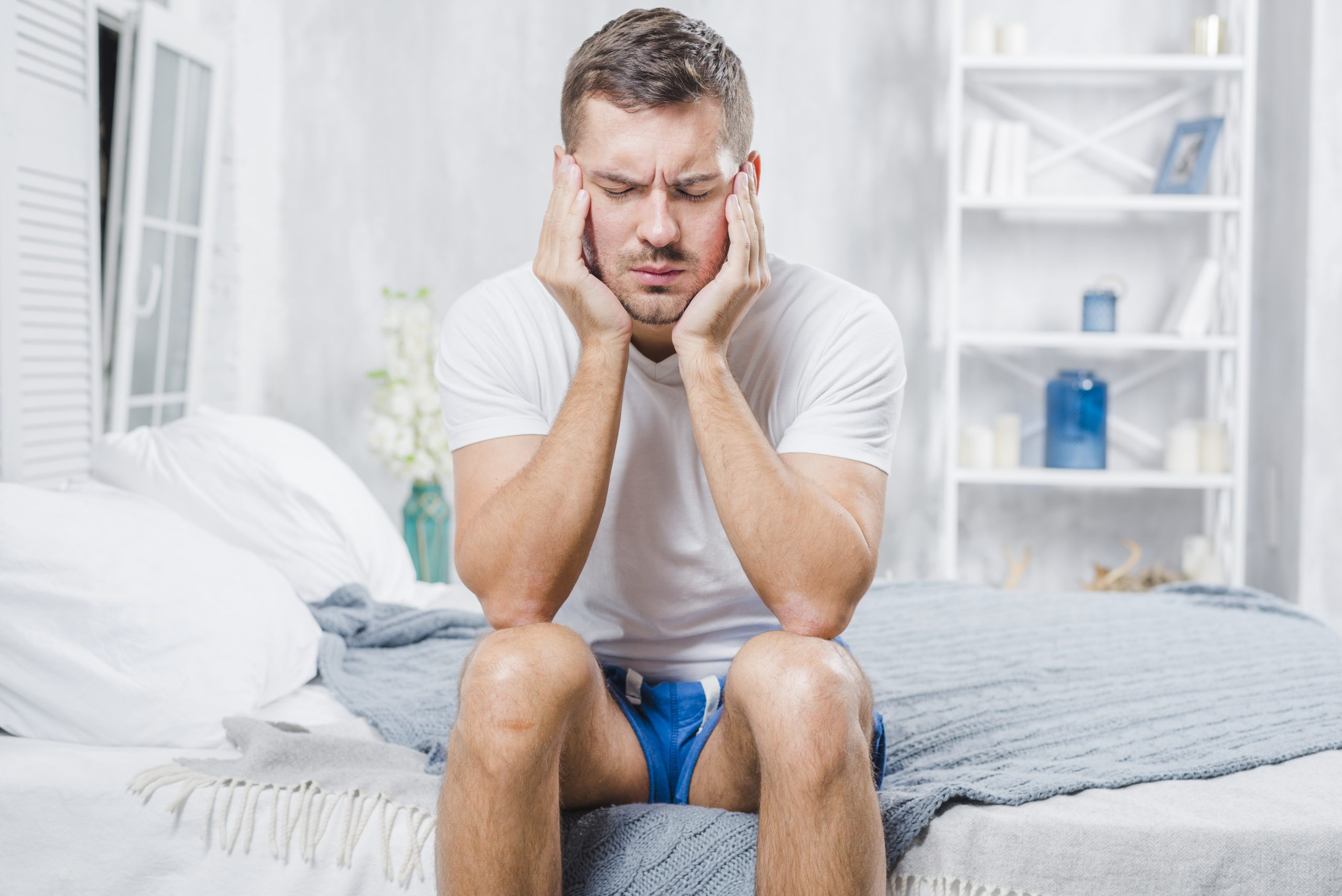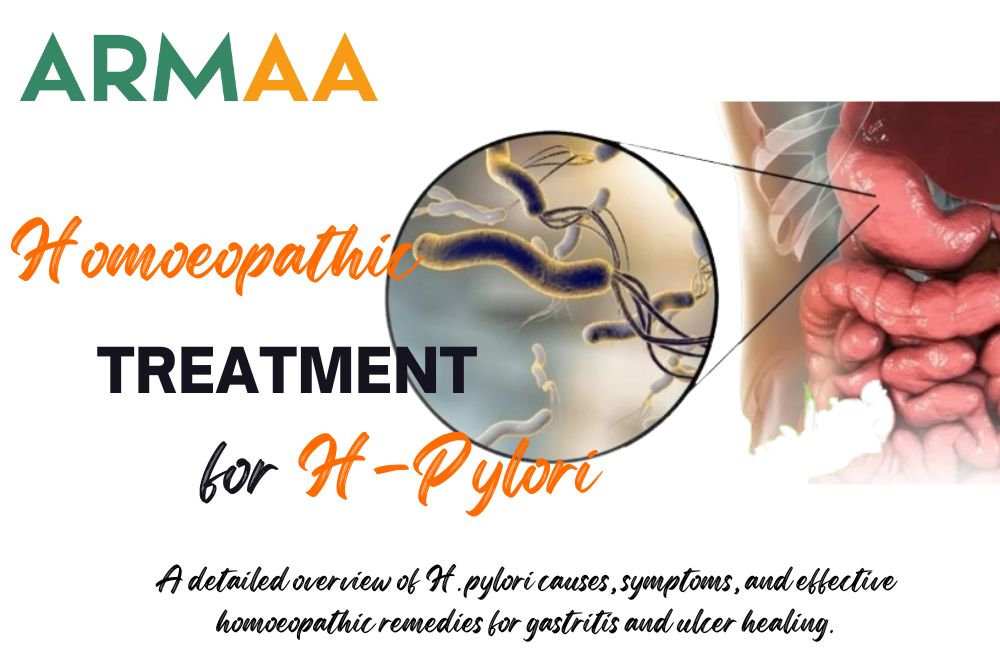What is Different from Dengue in Chikungunya?
Chikungunya and dengue are two mosquito-borne viral diseases that are often confused with each other. Both spread through the Aedes mosquito and share many symptoms such as high fever, headache, joint pain, and rashes. In fact, chikungunya was once mistaken for dengue during earlier outbreaks.
However, despite their similarities, there are key differences in the viruses, symptoms, and complications that set them apart. Understanding these differences is crucial for timely diagnosis and effective management.
Difference in Cause and Virus Family
- Chikungunya is caused by the Togaviridae alphavirus.
- Dengue is caused by the Flaviviridae flavivirus.
This difference in virus families also leads to variation in incubation period, severity, and complications.
Incubation Period
- Chikungunya: 3–10 days after the mosquito bite.
- Dengue: 4–7 days (sometimes longer).
This means chikungunya symptoms appear sooner compared to dengue.
Symptom Differences
1. Fever and Pain
- Both conditions cause high fever, but chikungunya is more painful, especially in the joints of hands, feet, wrists, and ankles.
- In dengue, pain is more muscular (muscle aches and shoulder pain).
2. Rash Patterns
- Chikungunya: Rashes first appear on the arms and torso.
- Dengue: Rash usually begins on the face and spreads to arms.
3. Platelet Count
- Chikungunya: Platelet count usually stays above 150,000/µL.
- Dengue: Platelets can drop below 10,000/µL, causing serious bleeding risks.
4. Bleeding Risks
- Chikungunya: Bleeding is rare.
- Dengue: Nosebleeds, gum bleeding, and internal bleeding are common due to severe platelet drop.
5. Neurological Symptoms
- Chikungunya: Some rare cases of neurological involvement (nervous system symptoms).
- Dengue: No such brain involvement reported.
Severity and Fatality
- Chikungunya: Rarely fatal, but joint pain may last for months.
- Dengue: Much higher fatality risk due to internal bleeding and severe complications.
Diagnosing the Difference
Doctors rely on clinical signs and laboratory tests to differentiate the two:
- Blood counts (platelets, WBCs, etc.)
- Serological tests (ELISA, IgM antibodies)
- RT-PCR for viral detection
Treatment and Support
For Chikungunya
- Hydration and rest
- Turmeric, papaya leaf extract, and healthy diet
- Physiotherapy and mild exercise for joint pain
For Dengue
- Strict medical supervision
- Hydration and bed rest
- Paracetamol only for fever (avoid NSAIDs unless advised)
- Platelet monitoring and hospital admission in severe cases
Homoeopathic Approach for Supportive Care
Homoeopathy has long been used to manage symptoms of viral fevers like Dengue and Chikungunya. Remedies are chosen based on the individual patient’s symptoms:
Classical Remedies
- Eupatorium Perfoliatum – Known for intense bone and muscle pains (“as if bones are broken”), often seen in Dengue and Chikungunya.
- Rhus Toxicodendron – Helpful when joint pains are worse on first movement and improve with continued activity, common in Chikungunya.
- Bryonia Alba – Indicated when joint pains worsen with the slightest movement and patients prefer complete rest.
- Gelsemium – For weakness, fever with chills, and body ache.
- Belladonna – For high fever with throbbing headache and flushed face.
Support from ARMAA Formulations
Alongside classical remedies, ARMAA offers supportive homoeopathic solutions designed to complement recovery:
Gesty Drops – Helpful for gastric upsets, indigestion, and weakness during viral infections.
Heptofit Drops – Supports liver detoxification and recovery after viral fevers.
Helico Syrup – Aids in digestive discomfort and acidity that often accompanies infections.
Juni Tablets – Broad spectrum pain relief for joint stiffness and body aches, especially helpful in Chikungunya.
With a combination of classical remedies and modern ARMAA formulations, patients can receive well-rounded supportive care that focuses on both symptom relief and overall recovery.
Disclaimer: Homoeopathic medicines are complementary and should be taken under the guidance of a qualified physician. They do not replace standard medical treatment for Dengue or Chikungunya.
Key Takeaway:
While chikungunya and dengue look alike, the difference lies in the severity of pain, platelet drop, bleeding risks, and long-term complications. Early diagnosis and proper management can prevent severe outcomes.
You may be interested to read: https://www.godrejhit.com/blogs/differentiate-between-dengue-and-chikungunya
:https://www.armaa.pk/chikungunya-causes-symptoms-homeopathic-treatment/







